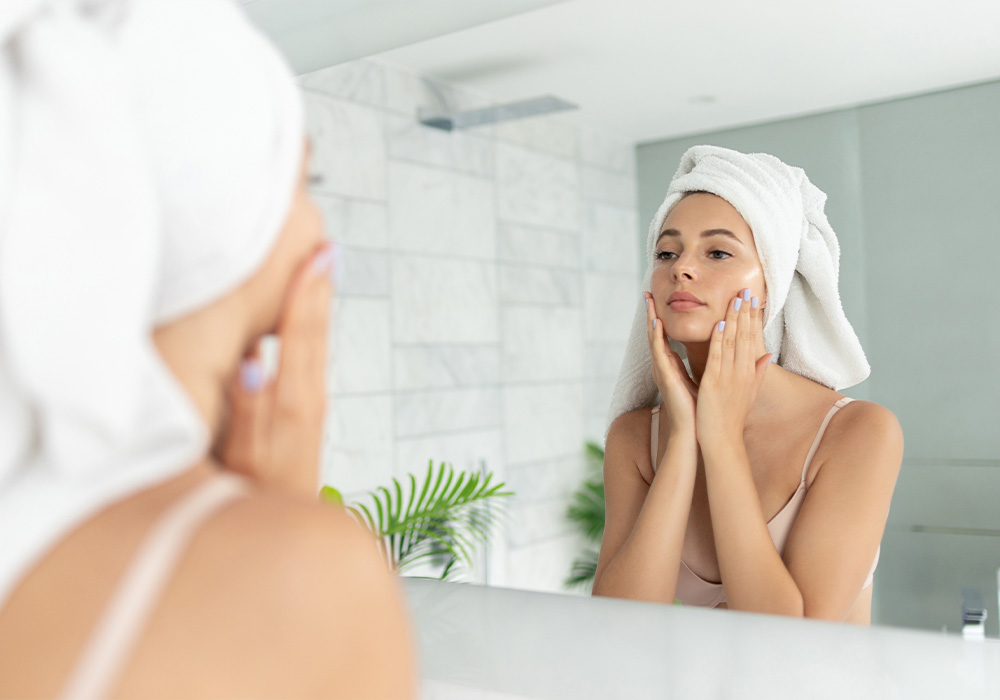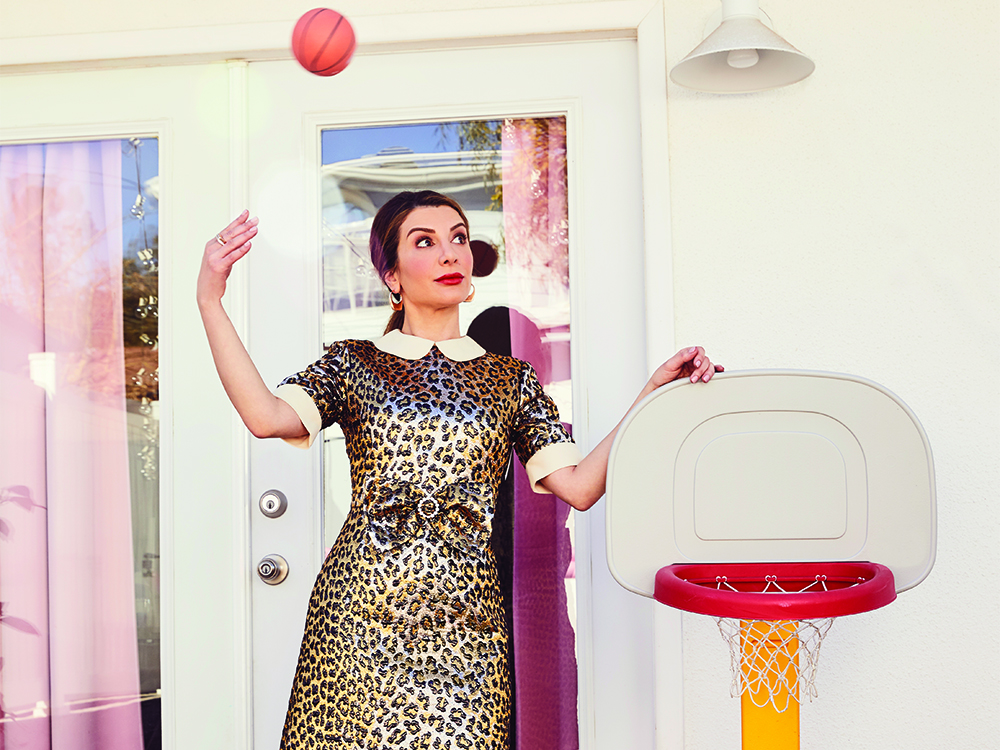[ad_1]
As we get older, the rate at which our skin cells turnover naturally slows down, along with our metabolism, collagen production and other vital processes that make aging not so fun. Retinol, which is derived from vitamin A, is praised by dermatologists and other skin experts for its ability to speed up this cell turnover for healthier, more youthful-looking skin. However, with this increase in skin “shedding,” it can cause something called purging to occur, which also is not so fun. Here’s what it entails and how you can manage it.
Why Retinol Causes Skin to Purge
Table of Contents
According to celebrity aesthetician Joshua Ross of SkinLab, it is common for the skin to purge when introducing a retinol because the increased cell turnover is rapidly bringing breakouts to the surface in an effort to rid them from the skin. “It is important to note that these breakouts would have happened either way, just at a slower pace,” Ross explains.
By encouraging your body to produce new skin cells faster, old, dead skin cells are pushed up and off of the outer layer of the skin, adds SkinSpirit aesthetic nurse practitioner Melanie Frye, DNP, APRN, FNP-C. “This is what causes the dry, flaky effect you get when you use retinol, and this same process can push up ‘skin trash’ or oil and debris that may be hiding under the surface. As this debris comes to the surface of the skin, you may experience a temporary increase in breakouts, or a ‘purge’ of this debris, which is very normal. People with oily skin tend to be more prone to purging, whereas people with dry skin may experience more flaking and irritation.”
What does purging look and feel like?
“Purging often looks like redness, pimples, blackheads and bumps that occur in the areas treated with retinol,” Frye explains. “The skin may often be red and irritated, as well. Because they look and feel similar, it may be difficult to tell the difference between a purge and a normal breakout. A purge will occur shortly after you begin using retinol, but a breakout in a new area or that occurs during your cycle, with stress or after beginning a new non-retinol skin-care product, may not be purging. These breakouts should be treated differently than purging.”
If your purging is accompanied by irritation like redness, peeling and tender skin, Ross suggests reducing to the lowest percentage of retinol, such as 0.025 and alternating using it every other night. “If after 30 days you are not seeing a reduction in sensitivities, then you may want to discontinue using retinol altogether.”
Which products should you use to calm and/or reduce the purging?
Frye recommends using a light, oil-free moisturizer. “Retinol can be very drying to the skin, so moisturizer can counterbalance the dryness and soothe any irritation from the product,” she says. “Additionally, using a gentle, non-exfoliating cleanser can help soothe the skin. And always incorporate a good physical sunblock in order to protect purging skin from the negative impacts of sun exposure.” Some brands pair their retinol products with a complementary moisturizer to take the guesswork out of the process and keep skin happy. We like Mary Kay’s Clinical Solutions Retinol 0.5 Set ($120), a nighttime serum and a calming facial milk that comes with clear-cut directions for how to build up your usage over the course of nine weeks and beyond.
How long does skin purging last after using retinol?
According to Frye, skin purging from retinol usually lasts two weeks, but in some cases, it can last up to six weeks. “Skin cycles last 28 to 30 days, so sometimes it takes a full skin cycle for you to adjust to retinol,” she explains, noting that you should see a licensed aesthetician or dermatologist if the issue persists longer than that or becomes troublesome in other ways. “If you continue to use the products, your skin will begin to improve. The newly stimulated skin cell turnover yields improvements in reducing future breakouts, wrinkle and texture improvement, and improvement in pigmentation from previous breakouts and sun exposure.”
Is there any way to avoid purging entirely?
Not entirely, but Frye says easing into your retinol can help reduce purging. “Start with a low-dose formula, and begin using it once per week while you get used to it. Slowly increase the frequency based on your tolerance of the product, and increase the dose once you get to the point where you can use the retinol nightly without significant irritation.”
Find a Doctor
Find a NewBeauty “Top Beauty Doctor” Near you




